Americans Share How Medication Gaps Impact Them
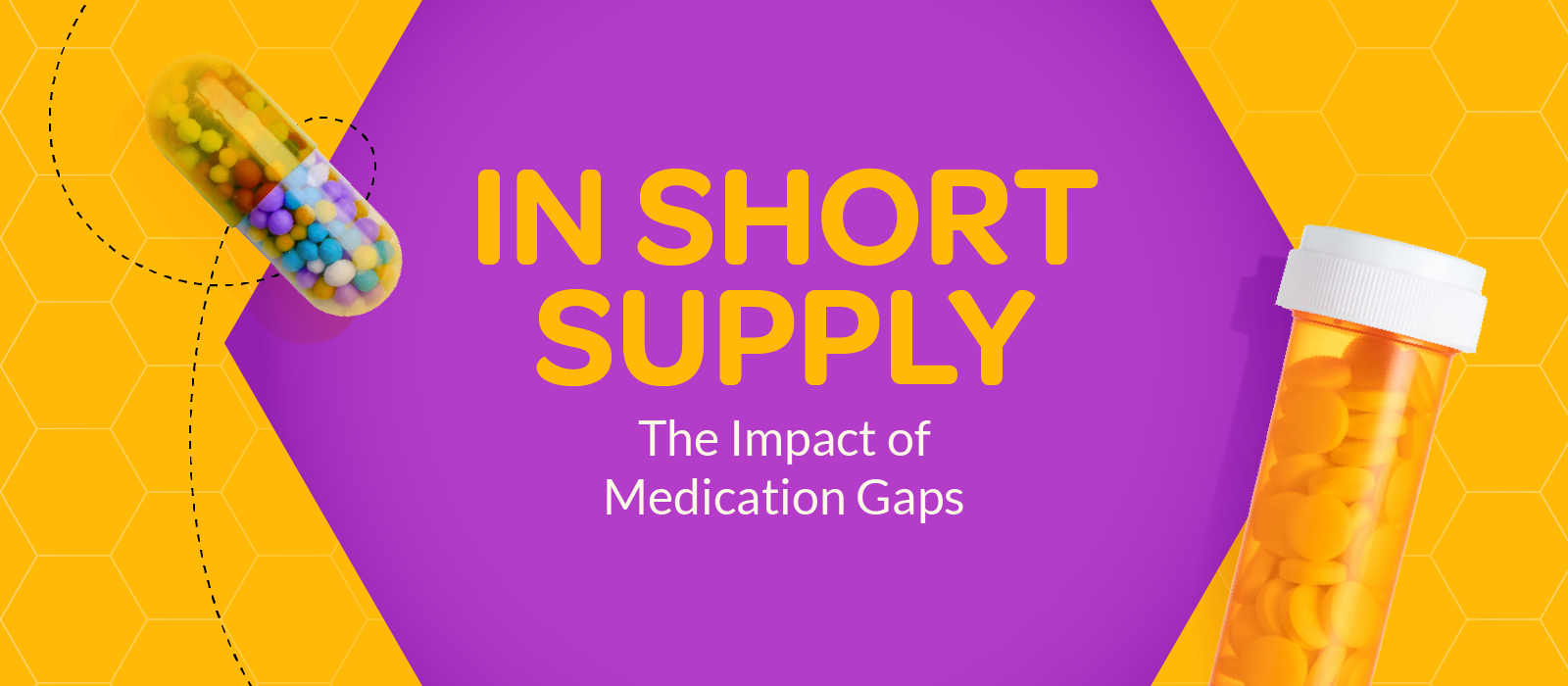
A silent struggle is unfolding in the shadows of our health care system. Many Americans grapple daily with the reality of medication gaps: times when they can’t take their prescription medications. To understand this crisis, we consulted 1,003 Americans who regularly take prescriptions. We asked them about the medicines they have missed and why, as well as the impacts it has had on their health and daily life. Read on to find out these realities for people with medication needs across the country.
Key Takeaways
-
57% of people taking prescription medications have experienced a medication gap; supply shortages are the top cause.
-
18% of those who have missed their medications have experienced withdrawal symptoms.
-
Over 1 in 5 of those missing their medications have made more errors at work.
Mind the Gap
To begin, we learned which medications people were going without and why.
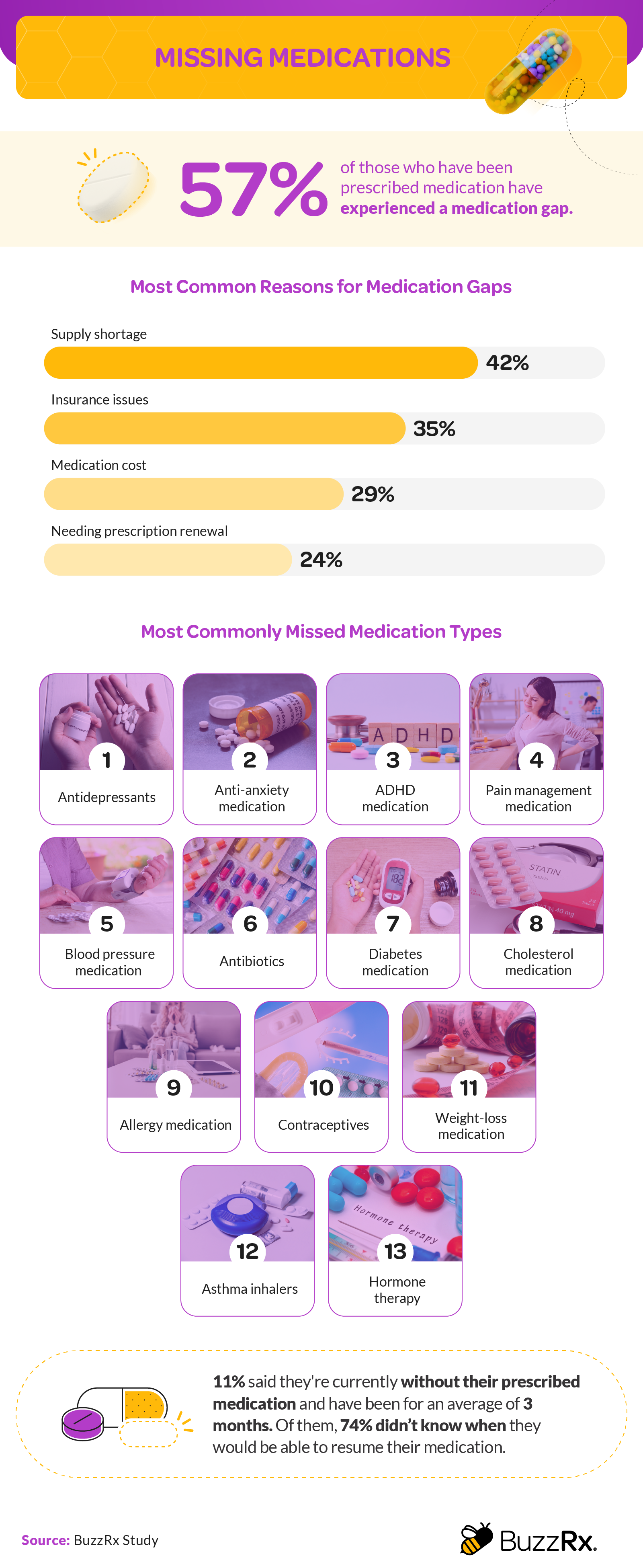
More than half of those taking prescription drugs (57%) had faced or were currently facing a gap in their medication. The top reason these Americans cited for not getting their medicine was a supply shortage. So, we analyzed current American Society of Health-System Pharmacists (ASHP) drug shortage database entries (232 at the time of this study) to find manufacturers’ top reasons for their supply shortages:
-
Other brands stopped making the product
-
Manufacturing delays
-
Increased demand
-
Product or ingredient recall
-
Shortage of active ingredient
-
Regulatory issues
-
Problems sourcing supplies
-
Manufacturing capacity constraints
-
Prioritizing the manufacture of other products
Medications with a supply shortage had been in limited supply for an average of 780 days (just over two years). ASHP had no resupply time estimate for 38% of these medications, and they only expected 31% to be resolved by March 2024.
These supply shortages were the top reason that almost everyone couldn’t get their medication, with the exception of Gen Z. For them, it was the third most common reason. Higher on their list of reasons were insurance issues (40%) and not being able to afford prescriptions (more than a third).
Antidepressants and anti-anxiety drugs were the most commonly missed types of medication, which is especially concerning considering the increased need for mental health support recently. When we collected these survey responses, 11% of people had been without their medication for an average of three months, and 74% of those respondents were unsure of when they’d be able to resume treatment.
Ramifications of Going Without Medication
Next, we asked our respondents about the consequences and experiences of going without their prescriptions.

Missing medication means a lapse in treatment, which can have serious consequences: 81% of individuals reported short-term health impacts, and nearly as many (78%) experienced long-term effects. These statistics reveal a distressing reality: medication interruptions can not only harm current health but also create ongoing health issues.
Short-term effects were varied, with nearly half of the respondents having experienced mood changes, over a third sleeping less, and 29% having trouble focusing. But for certain medications, the short-term effects can be much worse — notably, withdrawal symptoms (suffered by 18%). Respondents’ long-term health impacts painted a grim picture as well, the most common being a worsening of their treated condition, affecting 41%.
The emotional toll of medication gaps was also significant, with 1 in 3 feeling hopeless and 27% feeling isolated while off their medication. Many reported anxiety, exhaustion, depression, and burnout as well, with Gen Z experiencing the most mental health issues of all generations surveyed.

The ripple effect of medication gaps extends into multiple facets of life. A significant 56% reported a drop in energy, while 45% said their mental health suffered. The disruption also affected people’s physical activities, hobbies, and even romantic and family relationships.
We also saw many negative work-related impacts. The most common was reduced productivity, noted by 40% of respondents, and nearly a third had trouble focusing at work. Mistakes increased for 22%, and 19% needed to take time off work due to being off their meds. Missing work often has economic consequences, which we dug into as well: 23% lost income due to health issues, while 17% increased their medical spending.
Going without medication treatment also challenged patients’ family dynamics. For 38%, family members experienced more stress as a result. For 16%, a partner had to shoulder more caregiving responsibilities, and nearly as many (15%) reported other caregiving complications.
Temporary Fixes
People have turned to a variety of strategies to mitigate the impacts of medication gaps. The most common was trying to secure a different prescription (33%). More than 1 in 4 attempted to switch to another brand of their medication or use an over-the-counter alternative.
Another common alternative was holistic medicine, with 20% exploring this route. This trend indicates a growing interest in complementary health practices, especially when traditional medications become inaccessible. Another 18% increased their physical activity in pursuit of better health, and 16% changed their eating habits — two holistic health approaches based on lifestyle changes.
Getting Better
Medication gaps pose a critical issue for many people in need of certain prescriptions, and they’re largely due to supply shortages. The ASHP does not indicate that these shortages will end any time soon. Until they do, this problem may cause far-reaching mental and physical health impacts for Americans, as well as reduced work productivity, personal relationship issues, and even economic stability. We could also see many patients seeking alternative medications or brands, over-the-counter relief, or holistic treatments.
Methodology
For this study, we surveyed 1,003 Americans who have taken at least one prescription medication in the past year. Among them, 51% were women, 46% were men, and 3% were nonbinary or nonconforming. Additionally, 10% were baby boomers, 25% were Gen X, 54% were millennials, and 11% were Gen Z. We also looked at the American Society of Health System Pharmacists’ database of drug shortages in November 2023.
About BuzzRx
BuzzRx is a simple, effective solution for managing medication costs. We offer savings of up to 80% on prescriptions at over 60,000 participating pharmacies nationwide.
Fair Use Statement
You are welcome to disseminate the information from this article for non-commercial use, provided that you attribute the source by linking back to this article.
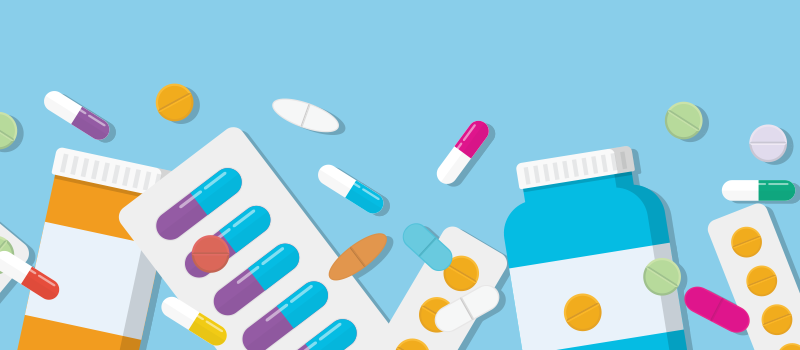

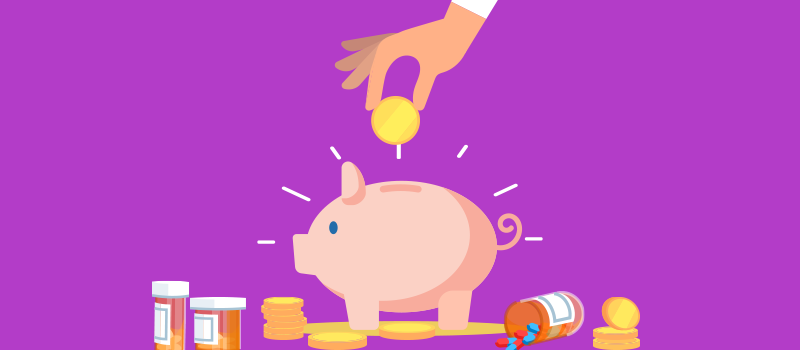





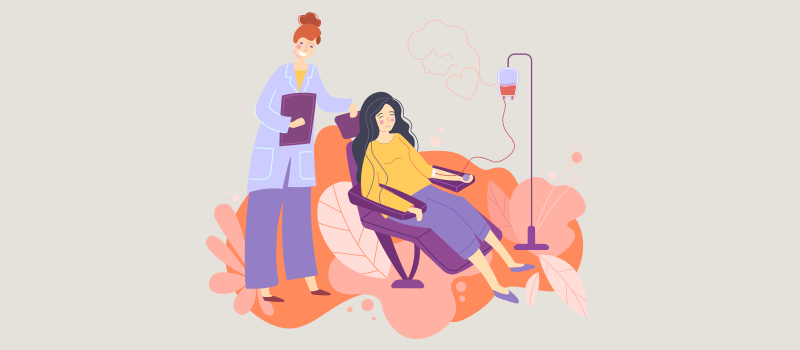
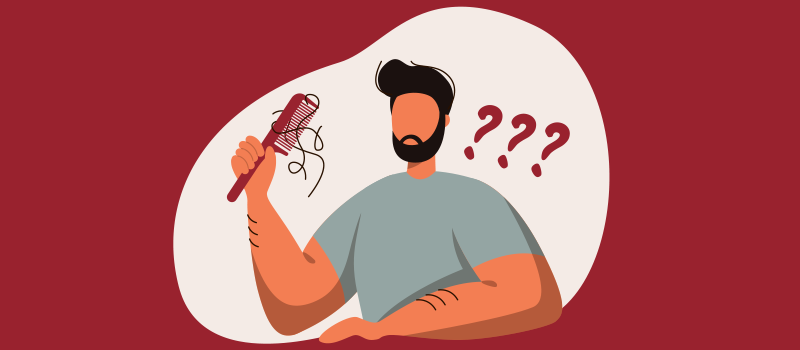


SOCIAL